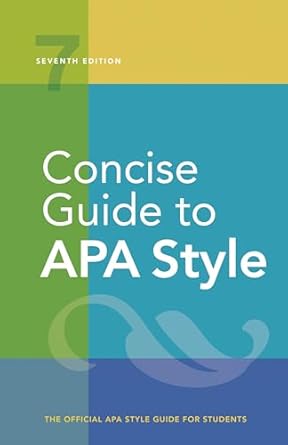[toc]
biasfree language race ethnicity guide
Bias-Free Language: Race & Ethnicity Guide
Date: 6/5/2022
Concise Guide to APA Style: 7th Edition (OFFICIAL)
Page 94 Review
Understanding Bias-Free Language: A Commentary on Race and Ethnicity
The excerpt provided offers valuable insights into crafting bias-free language, particularly when discussing race and ethnicity in research and writing.
It emphasizes sensitivity, specificity, and respect for the individuals being described.
Let’s delve deeper into the key points.
Acknowledging Contributions and Agency
The text rightly highlights the importance of acknowledging participants’ contributions and agency.
As stated, “Across contexts, write about the people who participated in your work in a way that acknowledges their contributions and agency.” This principle underscores the need to move away from objectifying individuals and instead recognizing their active role in the research process.
The excerpt suggests using active voice. “Use the active voice to describe your actions and the actions of participants… the passive voice suggests individuals are acted upon instead of being actors.” This is an important distinction.
For example, instead of saying “the survey was completed by the participants”, we should say “the participants completed the survey.” This simple shift in wording empowers the participants and acknowledges their role as active agents.
The text cautions against using the term “failed”. “Avoid the term ‘failed,’ as in ‘eight participants failed to complete the Rorschach test,’ because it can imply a personal shortcoming instead of a research result; ‘did not complete’ is a more neutral choice”.
This illustrates the importance of choosing language carefully to avoid causing unintended harm or offense.
The Evolving Nature of Racial and Ethnic Terminology
The excerpt acknowledges that terminology related to race and ethnicity is constantly evolving. “Terms used to refer to racial and ethnic groups continue to change over time.
One reason for this is simply personal preference; preferred designations are as varied as the people they name.
Another reason is that designations can become dated over time and may hold negative connotations.”
This dynamism necessitates ongoing awareness and adaptation.
What was once considered acceptable terminology may, over time, become outdated or even offensive.
Therefore, it’s crucial to remain informed about current preferences and sensitivities.
Defining Race and Ethnicity
The text provides clear definitions of race and ethnicity: “Race refers to physical differences that groups and cultures consider socially significant…
Ethnicity refers to shared cultural characteristics such as language, ancestry, practices, and beliefs.” This distinction is essential for accurate and respectful communication.
It also cautions against imposing racial labels on ethnic groups. “Race is a social construct that is not universal, so one must be careful not to impose racial labels on ethnic groups.” This highlights the potential for misrepresentation and the importance of understanding the nuances of cultural identity.
Specificity and Participant Preferences
The excerpt emphasizes the importance of specificity: “Whenever possible, use the racial and/or ethnic terms that your participants themselves use.
Be sure that the racial and ethnic categories you use are as clear and specific as possible.” This reflects a commitment to respecting individual preferences and avoiding generalizations.
It also recommends using more specific labels when possible. “For example, instead of categorizing participants as Asian American or Hispanic American, you could use more specific labels that identify their nation or region of origin, such as Japanese American or Cuban American.” This level of detail demonstrates a greater understanding of the diversity within these broader categories.
Using “commonly accepted designations” is advised (e.g., “African American” instead of “Blacks”).
This underscores the importance of adhering to established conventions and avoiding potentially offensive or outdated terminology.
Conclusion
In conclusion, this excerpt serves as a valuable guide to using bias-free language when discussing race and ethnicity.
By acknowledging agency, using specific and respectful terminology, and remaining sensitive to evolving preferences, writers and researchers can ensure that their work accurately represents and respects the individuals they are describing.
This excerpt reinforces the vital role of careful and considerate language in promoting inclusivity and understanding.
Buy full ebook for only $18: https://www.lulu.com/shop/american-psychological-association/concise-guide-to-apa-style-7th-edition-official/ebook/product-rmzpq54.html?page=1&pageSize=4

